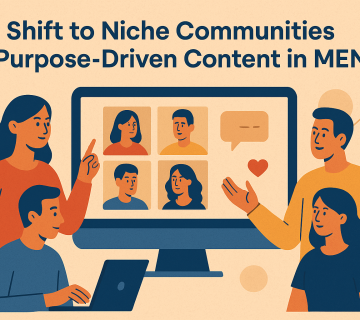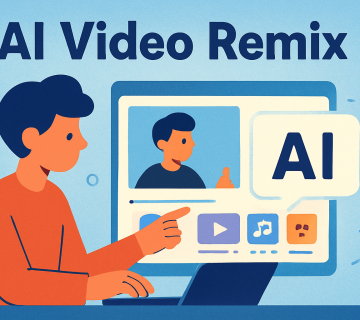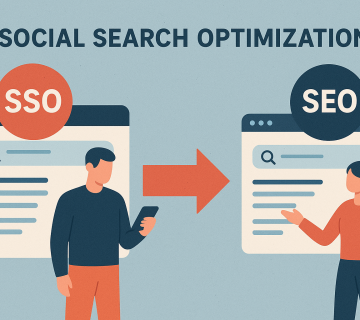Current social platforms focus on sharing visual and auditory content, yet humans experience the world with far more than sight and sound. Multisense sharing presents an innovative approach incorporating different human senses into digital interactions. Pioneering technologies now make it possible to convey scent, touch or even taste sensations at a distance.
While presenting new challenges, a multisense approach could meaningfully enhance how people connect and share experiences online. Preliminary experiments indicate users find virtual experiences more engaging and memorable when multiple senses receive stimulus. Moreover, certain types of content naturally lend themselves well to multisensory formats despite previous technological limitations.
For example, cooking tutorials may soon include recipes followers can smell or even sample through digitized scents and flavors. Remote participants in events like concerts could perceivably feel vibrations synchronized with the music. Explaining delicate techniques in fields like aromatherapy or massage may benefit from simulating specific tactile components. Remote art exhibits and museum tours could transport viewers via sensory details that textual descriptions leave lacking.
Of course, fully realizing multisense sharing necessitates overcoming major hurdles. Reliably capturing and transmitting authentic sensations across physical distance poses immense technical challenges. Health and safety regulations understandably restrict certain applications. But nascent innovations continue reducing these obstacles steadily. Meanwhile, judicious early testing can establish how best to incorporate additional senses discreetly and voluntarily without compromising user comfort.
Gradual refinements will facilitate more complex yet still subtle sensory overlays calibrated not to overwhelm or invade privacy. Individuals could then choose compatible experiences based on personal interests, location and available sensory interfaces. These may range from basic scent diffusers and haptic feedback devices to fully immersive virtual reality setups in the future. User control remains paramount to allaying skepticism towards unfamiliar multisensory interactions.
If implemented judiciously, multisense sharing offers an engaging path forward for social media to evolve in step with emerging technological capabilities. But progress demands caution, nuance and respect for human diversity. With patience and cooperation between innovators, regulators and early adopters, new frontiers of shared experiences may open through our full sensory potential. The journey begins one small enhancing step at a time.




